





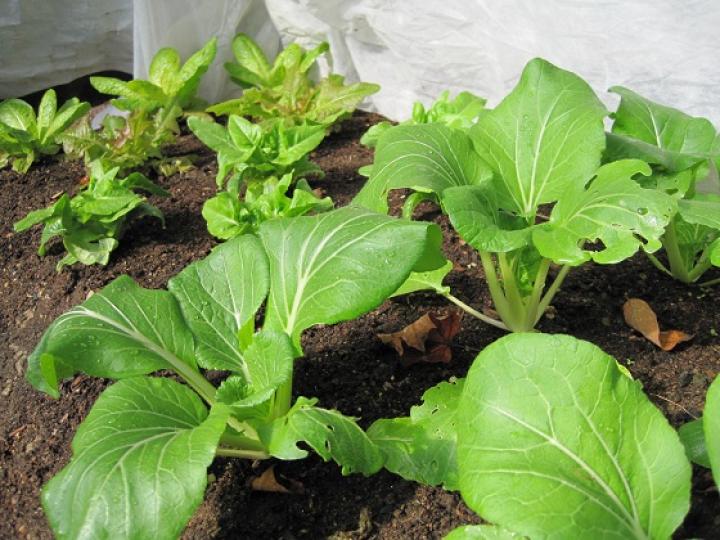
Pac Choi
Robin SweetserPlan a fall garden, especially if you have gaps in your garden after harvesting some of your crops.
Yes, I know that summer is not even half over, but it is never too early to plan for fall. Many gardeners consider fall to be a four letter word but it doesn’t have to spell the end of fresh from the garden food.
In fact, in warmer regions, many crops grow just as well in the fall as the spring, especially spinach, Swiss chard, broccoli, and kale. In colder climates, many of these same vegetables are frost-tolerant. Fall planting is also easier in many ways, given fewer insects and diseases, less watering, and more pleasant weather conditions.
To plan what to plant in your fall garden, consult the Almanac to find the first frost date for your area. Where I live, it is around September 20 but often it is another month before we get a killing frost. There is a lot of glorious gardening weather between now and then. Next look at the days to maturity on your seed packets. Even though the days are beginning to shorten, the soil is warmer than it was in May so seeds sown now will germinate much faster.
The Old Farmer’s Almanac also has a garden calendar which calculates fall planting dates based on your local frost dates, so it’s all figured out for you! See their Best Dates Planting Calendar.
Fast growing, tender veggies like summer squash and zucchini will bear fruit in 45 to 50 days. Many varieties of cucumbers are ready to eat in under 50 days, and bush beans take about 6 to 8 weeks to reach a harvestible size. The only problem with these crops is that they will be killed by frost unless you plan to protect them. If you live in an area with a long growing season, this will not be a problem.
As the weather cools, plant crops that are cold-tolerant and mature quickly. Salad greens are fast and hardy; leaf lettuces are ready to cut in 45 to 50 days. Looseleaf and butterhead leaves can be harvested at just about any time in their development.
Sometime lettuce seeds have difficulty germinating in hot soil, so I start my new baby lettuces in flats that I can keep well-watered and shaded until the plants are large enough to transplant into the garden. Some varieties of lettuce such as ‘Winter Marvel’ and ‘New Red Fire’ are more cold-tolerant than others.
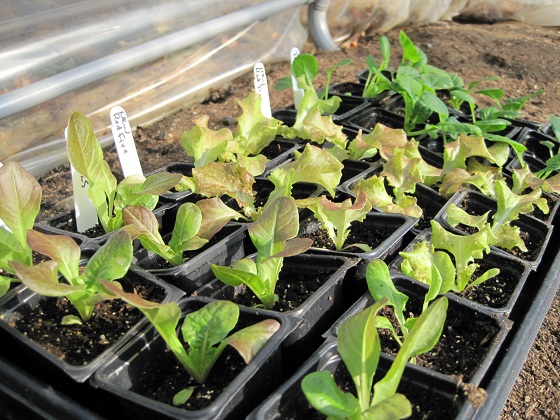
A quick crop of radishes will be ready for the salad bowl in 25 days. Other root crops like carrots, beets, and turnips will take longer but are worth the wait since they seem to get sweeter as the days get cooler. Snap peas and snow peas start to bear in 60 days and peas that mature in cold weather seem especially sweet and crisp. Pea vines can survive temperatures down to 25 degrees.
Fall-planted spinach does much better than spring planted spinach since it is maturing during the cool weather it loves instead of struggling in the summer heat. Swiss chard is another hardy green that reaches an edible size in 25 to 30 days. Given some extra protection when frost threatens, spinach and chard can last well into fall. If well-mulched, in many parts of the country spinach will winter over and give you an extra-early spring crop of the best spinach you’ve ever tasted!
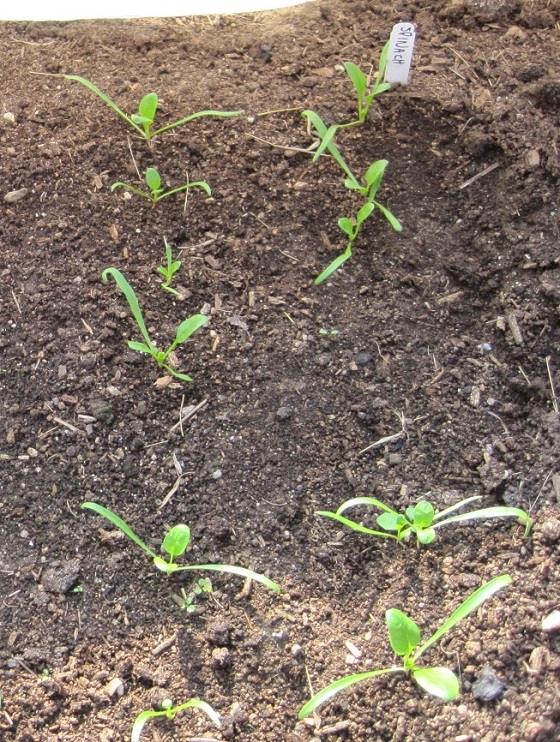
Broccoli and kohlrabi mature well in cool weather and will not be bothered by the cabbage moth larvae as much as spring-planted cold crops are. Kale is a winter staple. Try blue-green ‘Winterbor’ or pretty purple ‘Redbor’. They can be harvested long after other greens have been killed by cold weather.
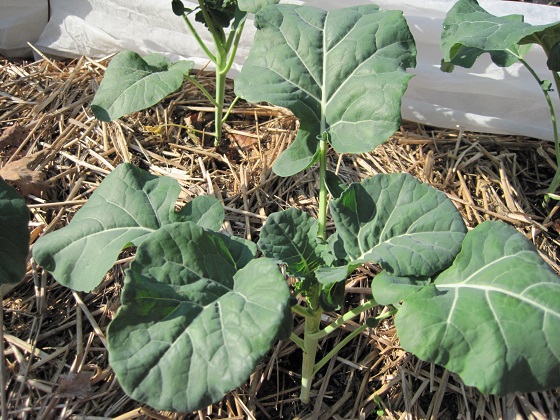
The real stars of the fall garden are the Asian greens. Quick maturing varieties can be harvested in 45 days. Tatsoi, pac choi, mizuna, and napa are all in the brassica family. They can weather a frost and will last through a hard freeze if given some protection.
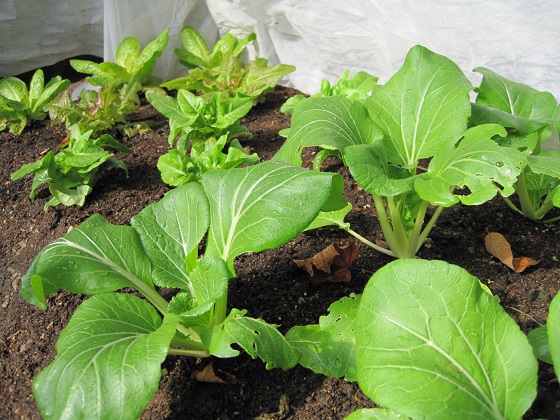
Some Asian greens like hon tsai tai and mibuna are more closely related to mustard (also a brassica), which gives them tangy leaves that add a pleasant bite to an autumn salad or stir fry. Other greens such as arugula, mache, minutina, and claytonia can withstand quite cold temperatures, providing you with lots of interesting salads and cooked greens well into late fall.
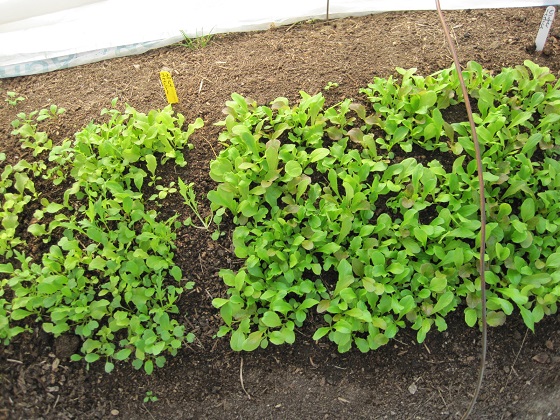
Fall can be a second spring. After harvesting garlic in July, there will be lots of room for fall crops. Freshen up the empty beds with some compost and get ready to plant your second garden.
Want even more advice on planting your fall garden?
Tell us all about your second garden in the comments below!
~ By Robin SweetserGet inspired by Robin Sweetser's backyard gardening tips. Robin has been a contributor to The Old Farmer's Almanac and the All-Seasons Garden Guide for many years. She and her partner Tom have a small greenhouse business and also sell plants, cut flowers, and vegetables at their local Farmer's Market.
Copyright © www.100flowers.win Botanic Garden All Rights Reserved